Do you know about Dracula?
Dracula’s legend, a myth from XIX century, was born in close contact with the historical figure of the Romanian prince Vlad Țepeș (The Impaler).
More than anything, the mythical character Dracula is known for his immeasurable cruelty. Impalement, one of the most terrible ways to die, was the preferred method of torture and execution of Dracula, hence the name, Vlad the Impaler.
Luckily, RomaniaTravel is here to help!
The cruelty of Dracula’s punishment for disloyalty and honesty coincides with the name. In the Romanian language “Dracula” means “devil”. In 1431 Holy Roman Emperor Sigismund invested Dracula’s father, Vlad II, in the Order of the Dragon, a chivalric order dedicated to fighting against the Turks.
The emblem of the order was a dragon, a symbol of the devil. From this fact recorded by history to legend there was only one step. This was also helped by the need of fiction, mystical, exotic spirit, reflected in literary productions of European culture, especially Western ones. The legend and true history of Dracula is kept alive by tourists destinations such as Snagov Monastery, near Bucharest, Bran Castle near Brasov or Sighisoara and Targoviste.
Romania has incredible views and an outstanding history waiting for you to discover.
The city of Brasov, a marvelous location in Romania. It is surrounded by the Southern Carpathians and is part of the Transylvania region. The city is notable for being the birthplace of the national anthem of Romania and for hosting the Golden Stag International Music Festival.
Order of the Dragon
Vlad was crowned in the time of Henry VI when the British fought in the War of the Roses, when Hungary was ruled by a Romanian-born great lord king – Matthias Corvinus and when Sultan Mehmed the Conqueror was sending his armies to destroy Christian Europe. Roots of controversial stories are apparently easy to discern. Vlad the Impaler’s father, who was governor of Transylvania, was received by Emperor Sigismund in Order of the Dragon, a strange order, built against the symbolism of church, devoted to “the dragon slain by St. George”. Historians say the name of the order is correlated with Vlad the Impaler and his name, which later turned into Dracula.
From now on we are going into the realm of mystery.
Dracula’s Secret Love Story
Life adventures of Prince Dracula are running between accepted historical evidences and legends transmitted from man to man, from the sure signs his crossings through the world and its mysterious death, which could not be proved, ever.
Strange, but nobody knows exactly where Vlad the Impaler died.
There are only fleeting references and unconfirmed assumptions.
Ancient sources, some of them recorded by Romanian-born American Professor Radu Florescu, outline a portrait of romantic hero for Vlad. Yes, you heard us! Romantic.
Vlad the Impaler became prince of Wallachia (a region of Romania) after being held hostage at the court of Sultan Murad II, grandson of Mircea the Old. He killed his father murderer and then fought his brother for the throne.
According to legend, his wife commited suicide by throwing herself off the cliff to avoid being caught by the Turks, while Vlad managed to escape through a secret passage in the mountain. Helped by some peasants, he ends up in Arefu, Transylvania, to his cousin, Mathias, where he remained for 12 years.
The story of Dracula – the vampire who never slept – was born at Visegrad, because a love story. Young Vlad fell madly in love with the sister of Hungary’s king and tries to run away with her over the mountains. For the love of the beautiful Hungarian princess, it seems that Vlad became Catholic and even married her in a secret ceremony, secretly celebrated in a modest castle in the heart of the Carpathians.
The forbidden love caused anger o Matthias Corvinus, who kidnapped his sister and brought her back to Hungary.
Furious, Vlad threw a blood curse on the Hungarian royal family and sold his soul to the devil in an everlasting covenant to become immortal, a sign of submission to Lucifer, the Dark Prince. Since then, any attempt to kill him was allegedly doomed to failure, and this is the explanation for beheading, because he was a vampire and could not be killed otherwise.
The Immortal Prince
According to historians and other researchers, there is no evidence that, as is believed, Vlad the Impaler would have been beheaded, and then taken to Constantinople, as proof of his death, nor that it had been stolen from the capital of Turkey and buried in 1476 under the stone in Snagov, Romania.
Before we go on with the story…
Must-see places related to Dracula in Romania
1.Bran Castle (Dracula’s Castle)
Dracula’s Castle is located in Brasov, Romania. It can be visited with one of RomaniaTravel’s packages.
Bran Castle, situated between the Bucegi and Piatra Craiului Mountains, 30 km far from Brasov, is the only touristic point that attracts hundreds of thousands of tourists because of a legend: Count Dracula’s Legend
2.Brașov
The “Black Church” in Brasov, Romania. It is 500 years old and it is still standing.
3.Bucharest
According to the World Records Academy, the Palace is the world’s largest civilian building with an administrative function and the second largest building in the world after The Pentagon in the United States. It’s also the most expensive administrative building and heaviest building.
4.Sighisoara – the torture chamber
The Wallachian voivode Vlad Dracul (father of Vlad the Impaler (Dracula), who lived in exile in the town, had coins minted in the city (otherwise coinage was the monopoly of the Hungarian kings in the Kingdom of Hungary) and issued the first document listing the city’s Romanian name, Sighișoara.
5.Târgoviște
Some people claim that Dracula has never completely disappeared from this world, and he has been sleeping for a few hundred years or hiding in dark places around his tomb. The fact is that the mysterious Count Dracula tracks begin and always come back somewhere near Bucharest, a city whose first written mention (September 20, 1459) dates back to the time of Dracula.
Near Bucharest there is a little monastery, built on an island in the middle of Lake Snagov and where there is only one monk. There you can find locked many of the riddles surrounding the strange disappearance of the prince. In the center of the island church, near the altar is a simple cut white stone lit by two candles flickering yellow colours. Beneath it is said to be buried the detached head of Vlad Dracula, the immortal prince.
Somewhere deep in the bell tower it is said to be a complex of tunnels and underground hideouts passing beneath the lake and about which it is still not known too much. The story goes that in the depth of the long winding corridors is hidden by daylight the cursed immortal soul of Prince Vlad.
Is Dracula’s Tomb Empty?
People say the church walls have two “dark traces, which never dry, because that was the place where Count Vlad Dracula wandered restlessly”. Historians still don’t know something certain about Dracula. The monastery from Snagov, Romania, is a true mystery that holds Dracula’s head, as the tales say.
Many believe that under the thick plate there is nothing built into the floor. And that’s not because Vlad the Impaler’s body would be buried in Istanbul or elsewhere in the world, but because he had somehow managed to fool the time, living through centuries the insurmountable burden of chastisement: death without dying.
How true and how much is fiction in the legend of Vlad the Impaler? Nobody knows exactly, and maybe we should not even try a firm answer. For, after all, everyone has the right to choose “his piece of mystery and adventure to believe”.
Ceausescu Ordered The Sealing of The Corridor in Snagov’s Monastery.
The village elders talk about strange things and signs that terrify them. Sounds can be sometimes heard on the island during storms that roar over the water at night, howl sounds like a long scream coming from the end of the wharf, where the water shut down the tunnels and passages from the bell tower which once opened Dracula’s gallery.
It is said that Ceausescu, the former communist president of Romania, ordered the sealing of corridor that reached up under the Presidential Palace.
Live the legend. Visit Romania and see for yourself.
RomaniaTravel offers you incredible options to visit Romania and its beauties and mysteries at affordable prices.
More info: bit.ly
The city of Brasov, a marvelous location in Romania.
It is surrounded by the Southern Carpathians and is part of the Transylvania region. The city is notable for being the birthplace of the national anthem of Romania and for hosting the Golden Stag International Music Festival.
Bran Castle
Situated between the Bucegi and Piatra Craiului Mountains, 30 km far from Brasov, is the only touristic point that attracts hundreds of thousands of tourists because of a legend: Count Dracula’s Legend
Photo by: Erwan Martin
Dracula’s Castle in Brasov, Romania
The “Black Church” in Brasov, Romania.
It is 500 years old and it is still standing.
The Romanian Carpathians
Bucharest
According to the World Records Academy, the Palace is the world’s largest civilian building with an administrative function and the second largest building in the world after The Pentagon in the United States. It’s also the most expensive administrative building and heaviest building.
Sighisoara – the torture chamber
The methods used way back then to “extract” information from “non-believers” were incredible. Go and see for yourself with RomaniaTravel
Sighișoara
The Wallachian voivode Vlad Dracul (father of Vlad the Impaler (Dracula), who lived in exile in the town, had coins minted in the city (otherwise coinage was the monopoly of the Hungarian kings in the Kingdom of Hungary) and issued the first document listing the city’s Romanian name, Sighișoara.
Târgoviște – a statue of Vlad the Impaler
As the cognomen “The Impaler” suggests, his practice of impaling his enemies is part of his historical reputation. During his lifetime, his reputation for excessive cruelty spread abroad, to Germany and elsewhere in Europe. The name of the vampire Count Dracula in Bram Stoker’s 1897 novel Dracula was inspired by Vlad’s patronymic.
Photo by: Matei Domnita
Bran Castle
Secret passage in Bran Castle, situated near Bran and in the immediate vicinity of Braşov, is a national monument and landmark in Romania. The fortress is situated on the border between Transylvania and Wallachia. It is commonly known as “Dracula’s Castle”.
Bran Castle
The castle is now a museum open to tourists, displaying art and furniture collected by Queen Marie. Tourists can see the interior individually or by a guided tour. At the bottom of the hill is a small open air museum park exhibiting traditional Romanian peasant structures (cottages, barns, etc.) from across the country.
Snagov Monastery
A monastery on a remote island in the middle of Snagov Lake. A shelter of religion that welcomed a man who used impalement as his trademark!
Photo by: fusion-of-horizons
Snagov Monastery
Peasants talk about the “hidden treasures” of the Impaler at Snagov Monastery: sensing death, Vlad had them make cast-iron barrels in which he placed silver, gold and precious jewels; he then ordered the course of a river to be diverted by a dam (perhaps the Dambovita river)…after getting rid of the riches, he gave free flow to the river and all the peasants involved were IMPALED!
Photo by: fusion-of-horizons –
398views
Share on Facebook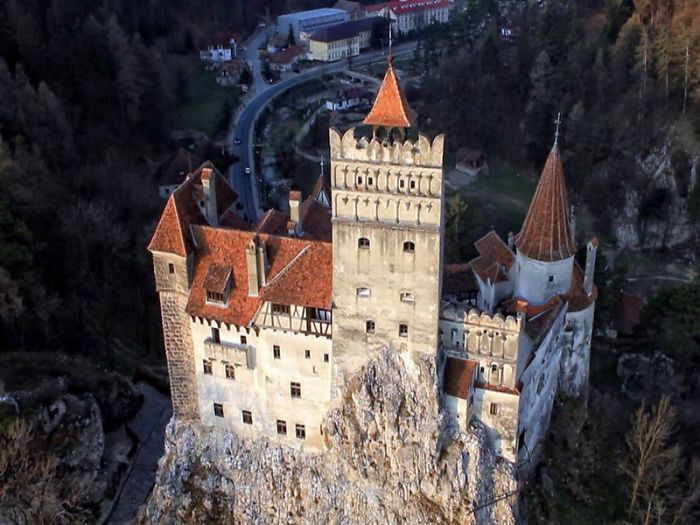
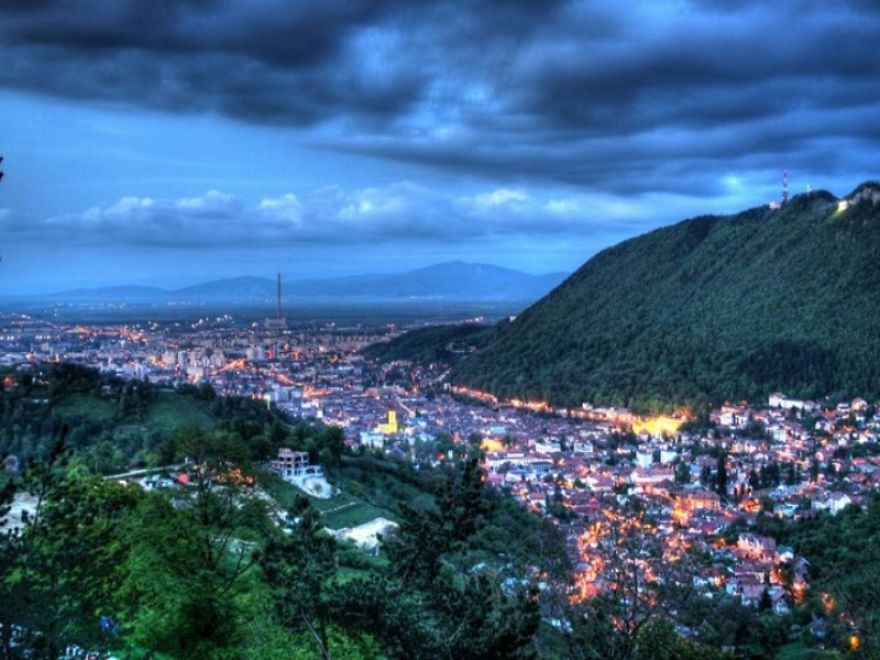
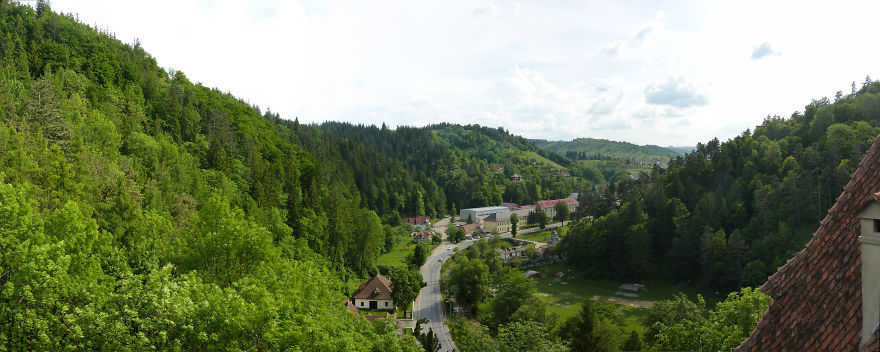
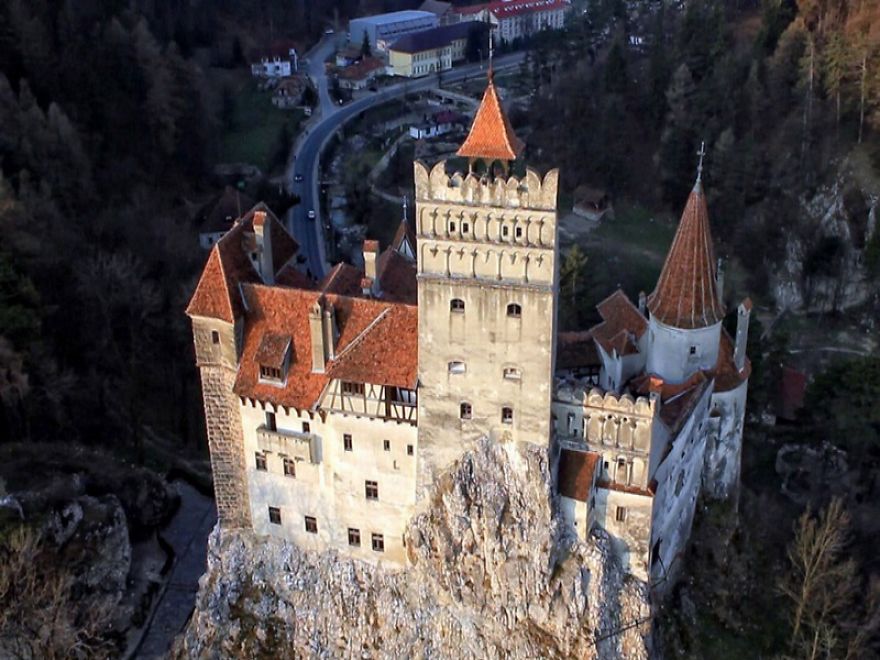
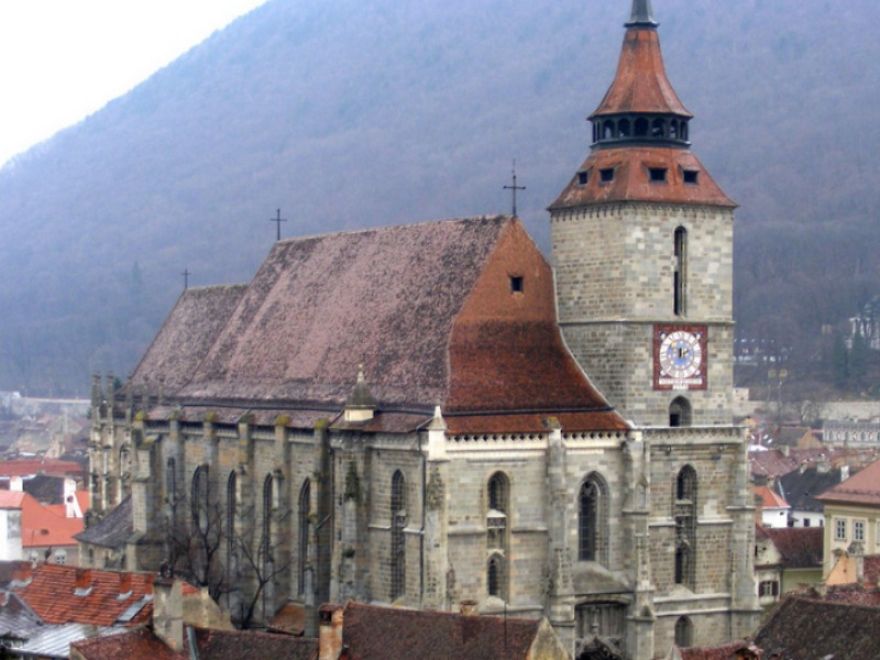
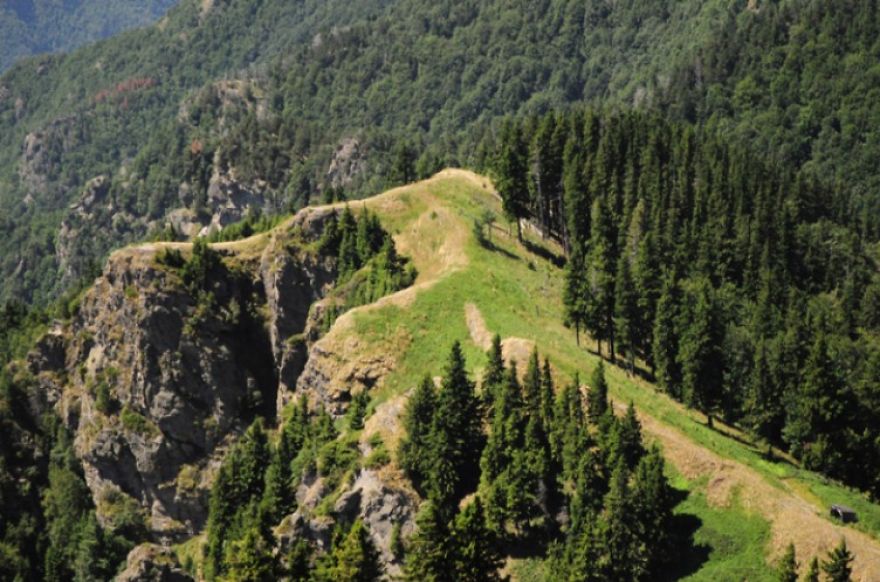
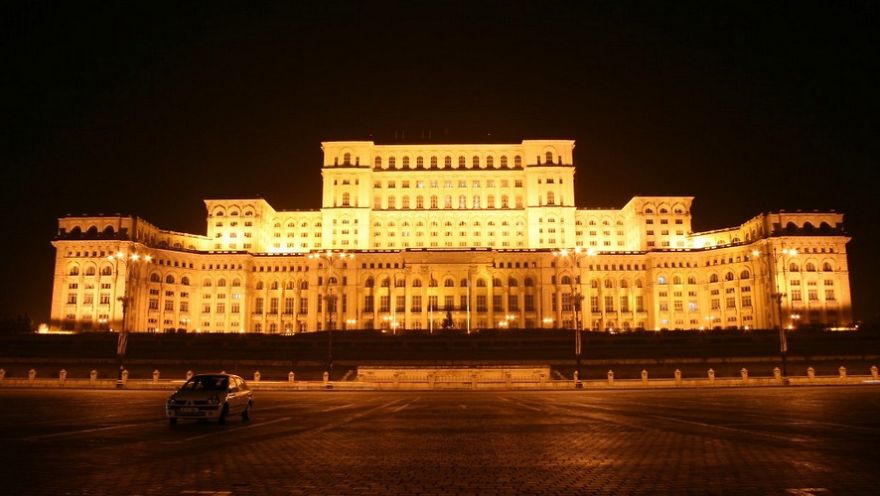
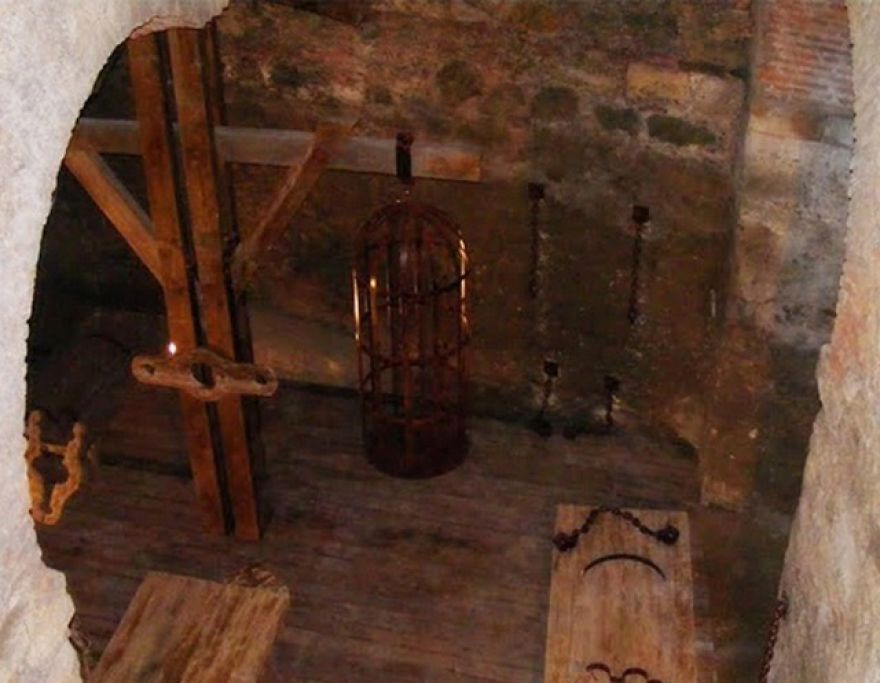
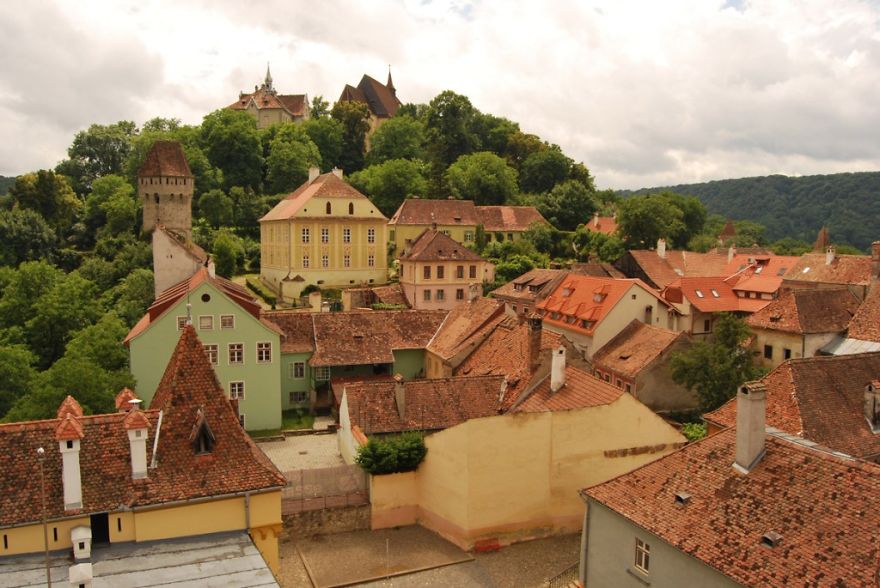
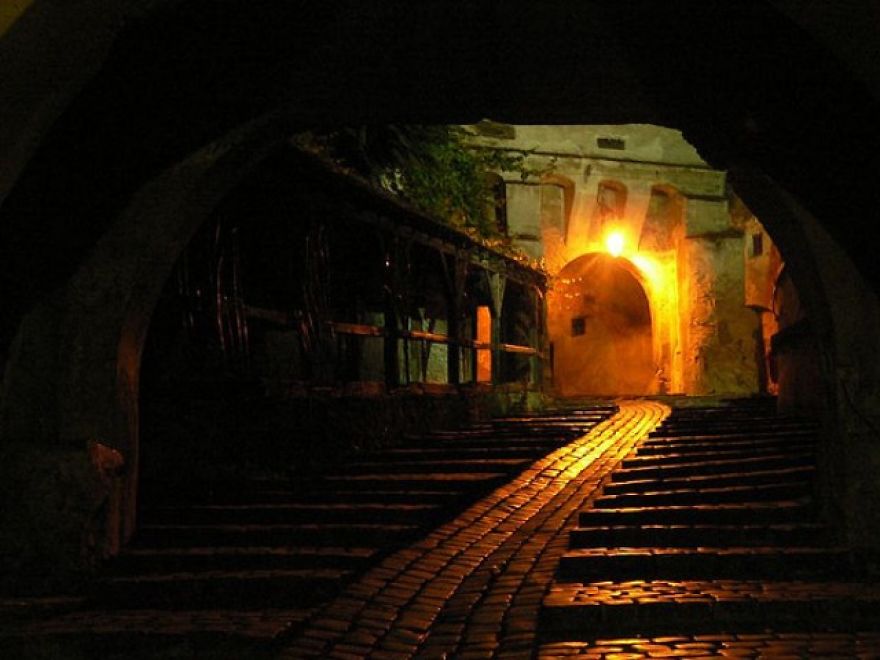
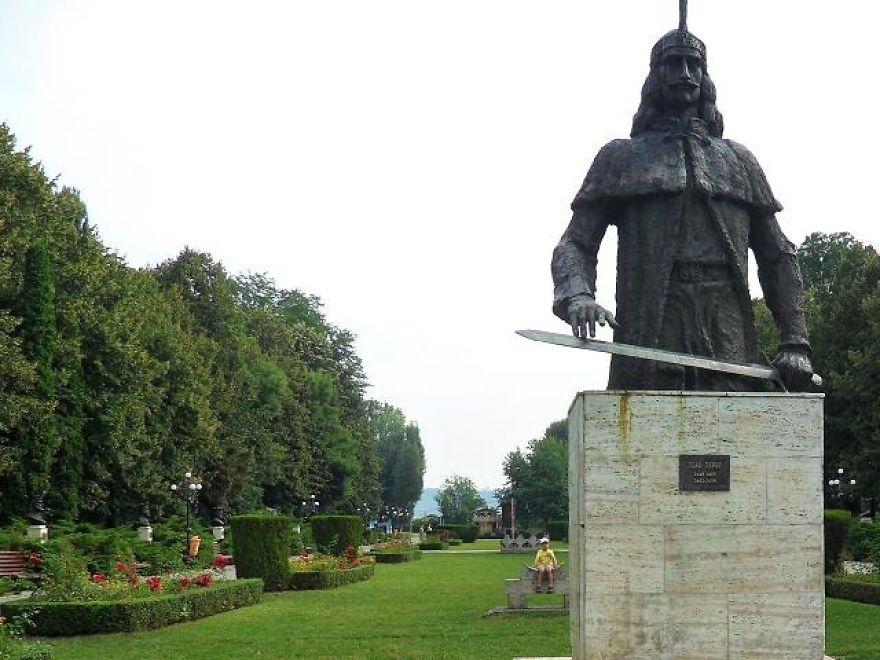
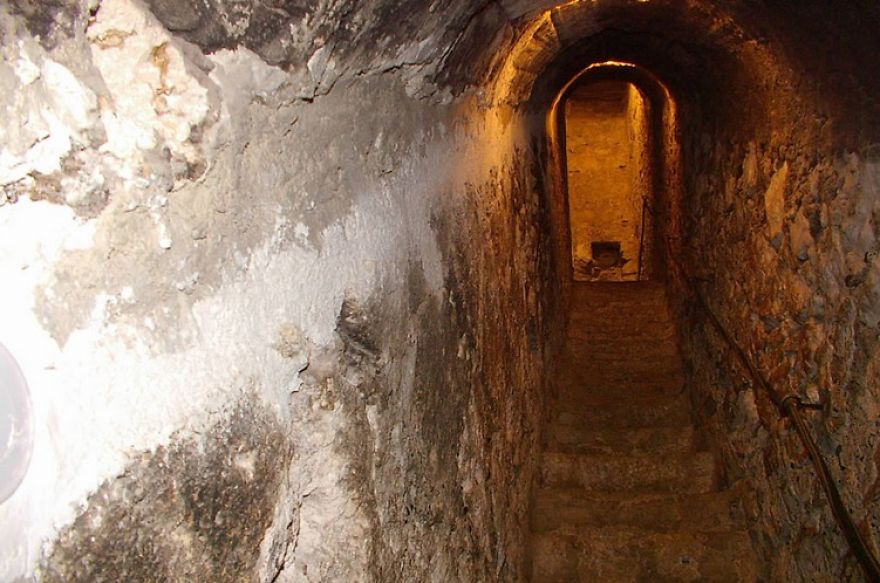
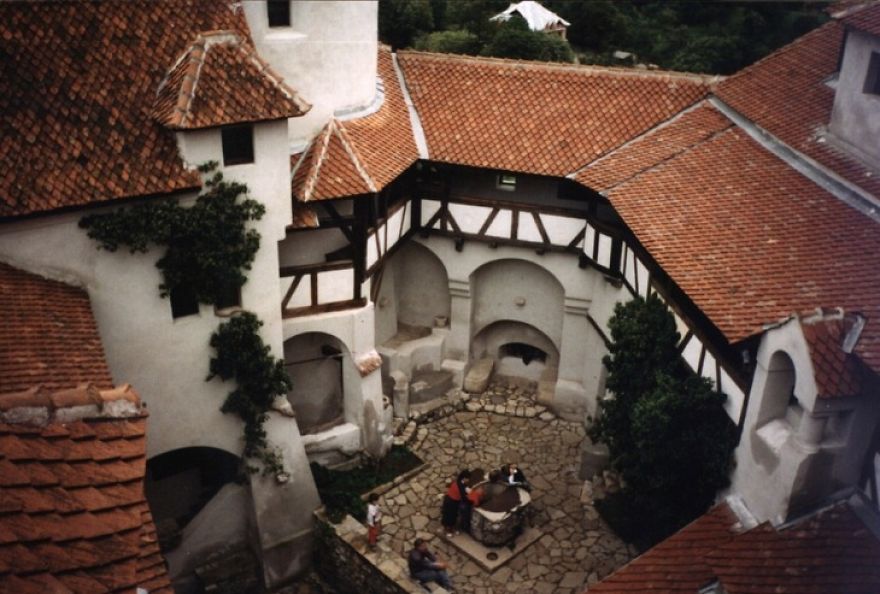
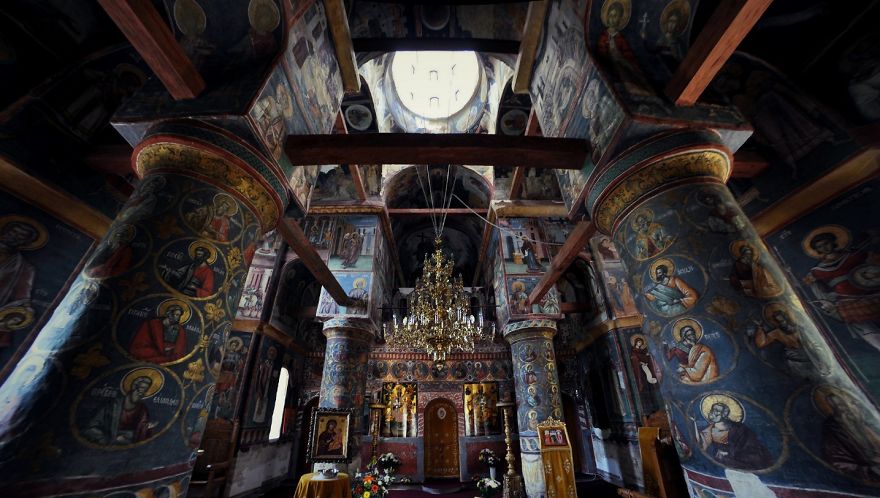
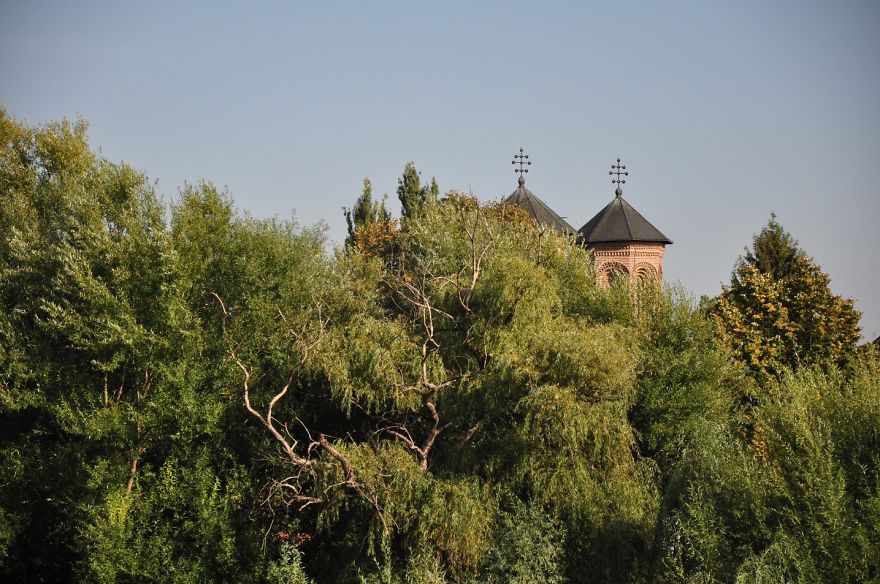
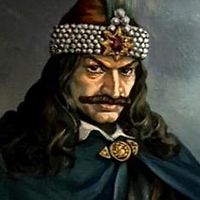


3
1